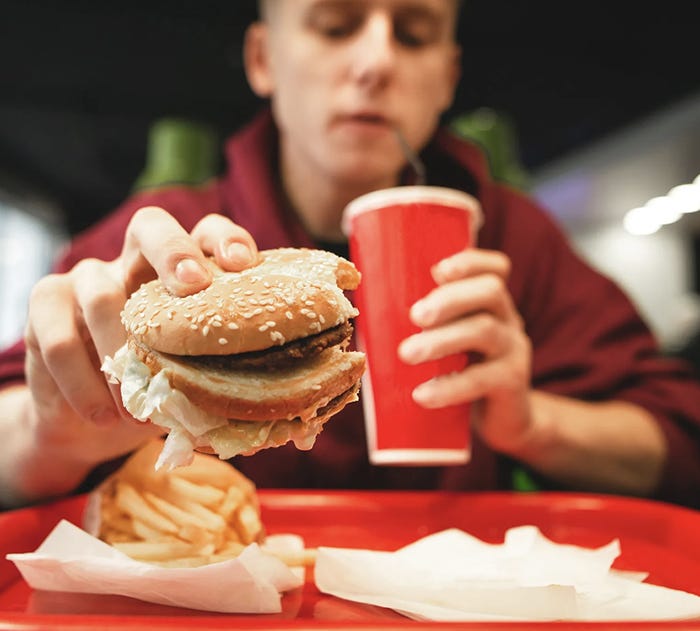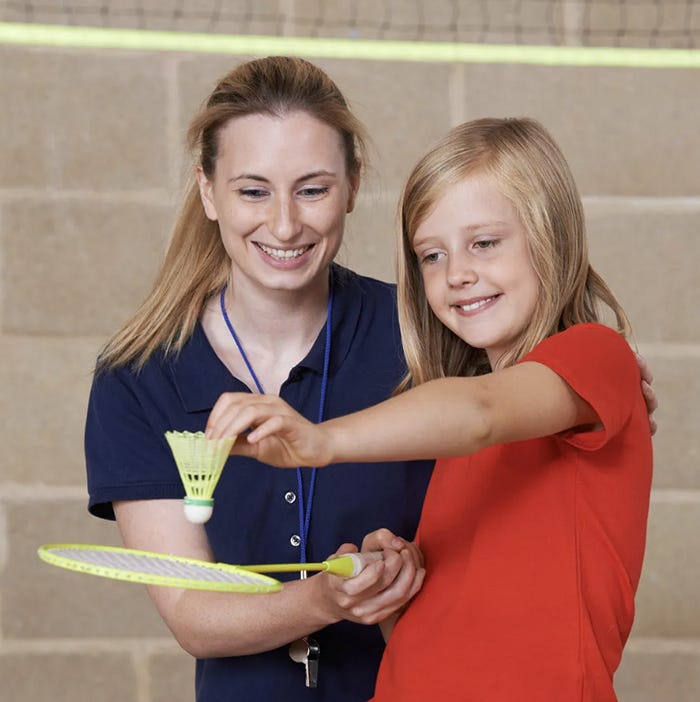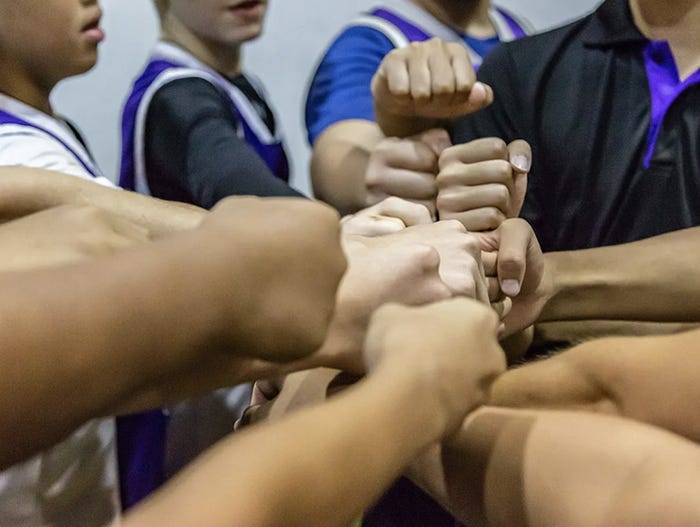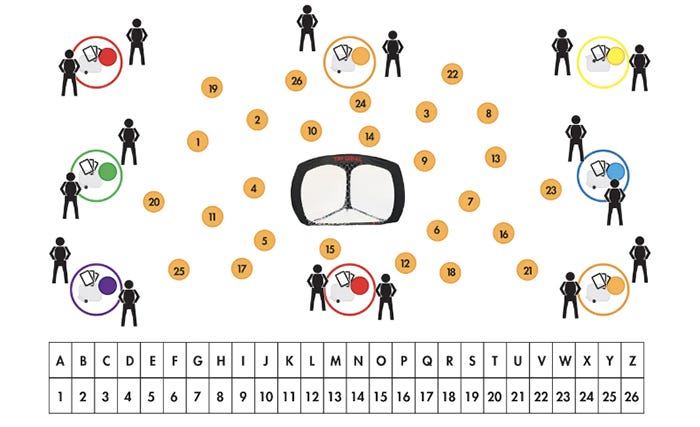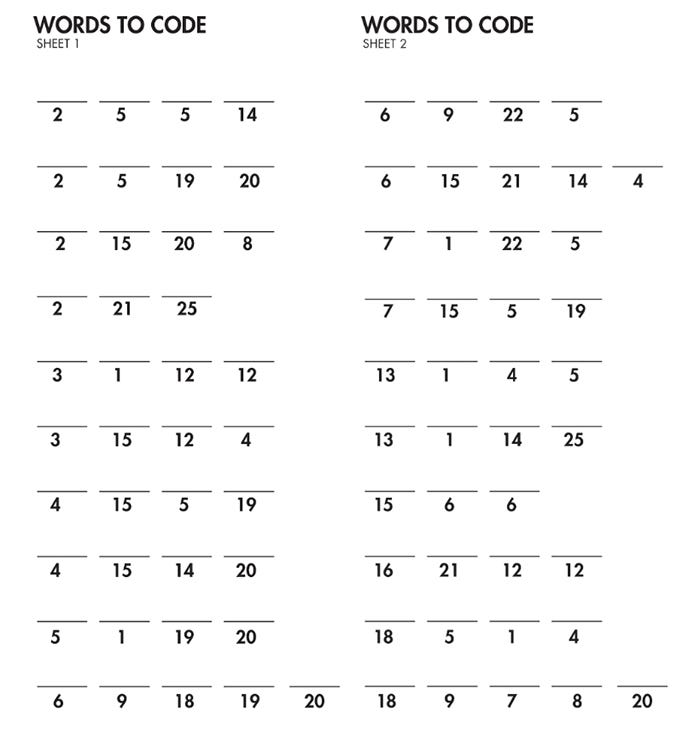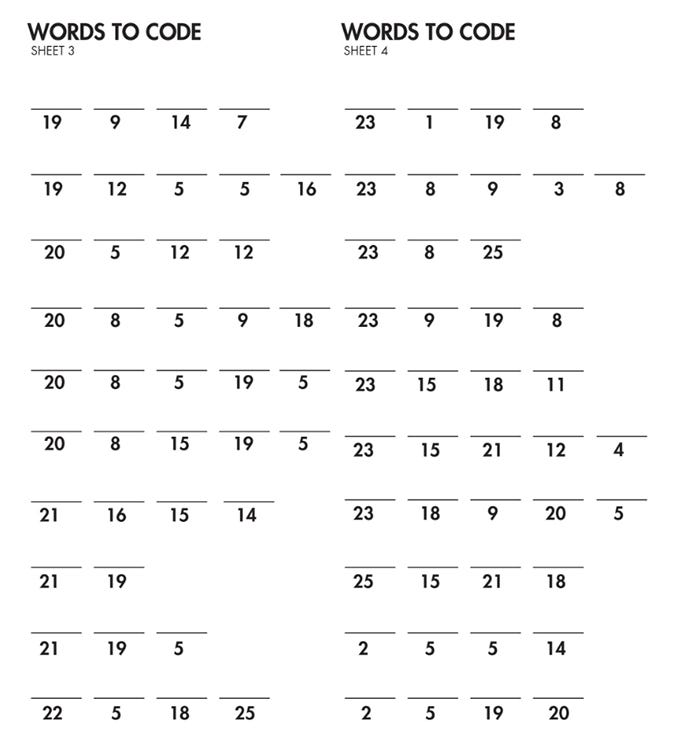Fun With Fractions
- By School Health
- Mar 5, 2024
- 0 Comments




Set-up:




Run with Fractions
A fun way to learn about fractions!
Grade Level: 2-5
Equipment:
- Pool Noodles cut into fractions sizes (1, 1/2, 1/6, 1/4, 1/8)
- Super Straps and Belts
- Timer
- Pinnies for the taggers
- Skinny No-Kink Hoops
Set-up #1 (for full class)
On one half of the gym, scatter the cut pool noodles. Choose 2 people to guard the noodles. Give every other student a Super Strap to wear. Set a timer for 3 minutes. how to play: When the teacher says go, all Super Strap wearers try to run to the other side and grab one noodle piece to bring back to their side, without losing their flag. You are not safe anywhere on that side of the gym. Once you return back to your side, you put the noodle piece on the end line. You keep playing until the 3 minutes is up. At that point, your team will add up the noodle pieces, stacking up the smaller pieces to equal 1. What is your grand total? Play again and beat that total. Choose new taggers (flag pullers).
Set-up #2 (for 6 teams)
Put all the noodle pieces in the center circle. Put 6 hoops equally around the perimeter of the gym, and split the students onto teams. Choose one team to guard the circle and give them pinnies to wear. The taggers have to stay in the circle. Set a timer for 3 minutes. how to play: When the teacher says go, all flag belt wearers try to run to the circle and steal one piece of pool noodle to bring back to their hoop, without losing their flag. You are not safe in the circle, or even near it. If you can steal a piece, you bring it back to your hoop and go again. If you lose your flag, either before or after you steal a piece, you take it back, go back to your hoop, put it on, and try again. After 3 minutes, stop the game and ask the students to return to their hoop and add up their pieces. Stack them so they equal 1. What is your grand total? Whichever team has the most can be the next taggers. variations: Travel to other side or circle using different locomotors.



